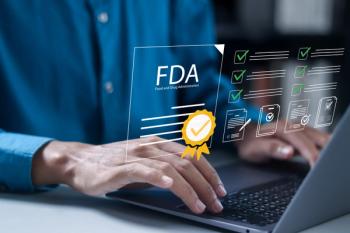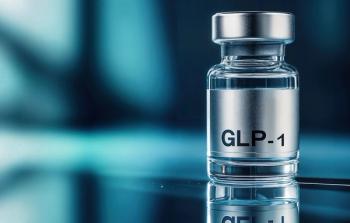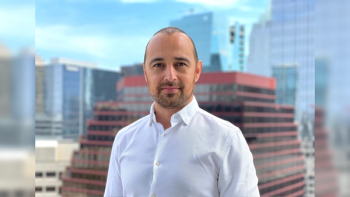
What Successes and Setbacks Occurred in Neurosciences in 2025?
Key Takeaways
- Psychedelics have demonstrated significant progress, generating enthusiasm across the neuroscience industry and leading to commercial success for independent companies.
- Rare neuromuscular and neurodevelopmental diseases are advancing, with gene therapy showing positive efficacy and safety signals, benefiting genetically defined rare diseases.
In the first part of this video, Dr. Bruce Leuchter, CEO of Neurvati Neuroscience, discusses which areas of neuroscience are exciting investors.
Pharmaceutical Executive: What successes and setbacks occurred in neurosciences in 2025?
Dr. Bruce Leuchter: Fortunately, we’re in a position where I can speak to a bunch of progress, both clinically and transactionally. It’s an extension of what we’ve been seeing over the past several years and it spans almost every area of neuroscience. We’ve seen activity in areas like psychedelics, which have shown terrific data. Any time you can show the type of needle-movement that psychedelics have as a class, we all celebrate those wins. It’s an indication of how enthusiasm there is across the board, including at the largest of large companies.
There are examples of companies that have remained independent and are commercially successful. We’ve seen a lot of great progress in most, if not all, verticals of neuroscience.
PE: What trends do you see in neuroscience in 2026?
Leuchter: The rare neuromuscular and neurodevelopmental diseases have succeeded significantly. We expect that continue, and not just with the programs that are already in the clinic, but for those following behind them. Either for the same indication, like muscular dystrophy where next generation platforms can deliver differentiation. The gene therapy is showing some positive signals of efficacy and safety. We’ve seen companies report encouraging data. It’s hard to argue that there isn’t a rare disease, genetically defined, that isn’t going to benefit from the rising tide.
PE: Will the industry continue to research psychedelics?
Leuchter: The first innings have played out and there are companies that have done great work with psylocibin and trailblazed to the benefit of everyone sitting alongside them or following behind. There are new chemical entities in the space that the strategics tend to organize around more favorably. They behave like a typical new chemical entity that’s working its way through development.
When you can strip away some of the healthcare provider overhang that surrounds the psychedelic space (how do you treat these patients, how long do they need to be observed, what kind of infrastructure is needed), it opens more opportunity.
PE: How are new FDA programs impacting neuroscience?
Leuchter: The progress around ultra-rare genetically defined diseases can’t be overstated. We’ve seen a level of constructiveness at FDA that is very favorable to patients. When we spend time with the advocacy community, the biggest gripe is that there is no mechanism for these ultra-rare diseases to progress their programs through development. That’s because on the other side of development, regulatory pathways are uncertain and companies wonder whether there will be commercial viability for potential partners or acquirers.
The most recent developments from FDA on ultra-rare disease and using dedicated pathways to allow for certain therapies to recognized is a good sign that they recognize that there needs to be an effort to support these companies. In many cases, they’re not even companies but patient advocacy organizations that have championed the cause. The platform of designation, which is a component part of some of these regulatory developments, is also a positive part. You’re not reproducing the wheel on a program-by-program basis. You’re able to accelerate around different mutations or diseases that leverage the same platform technology. The gets rid of a significant amount of red tape and provides a path for companies that need to be thinking about n-of-100 or n-of-500 patients.
Newsletter
Lead with insight with the Pharmaceutical Executive newsletter, featuring strategic analysis, leadership trends, and market intelligence for biopharma decision-makers.





